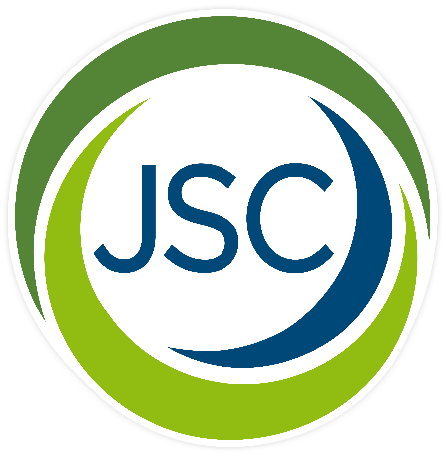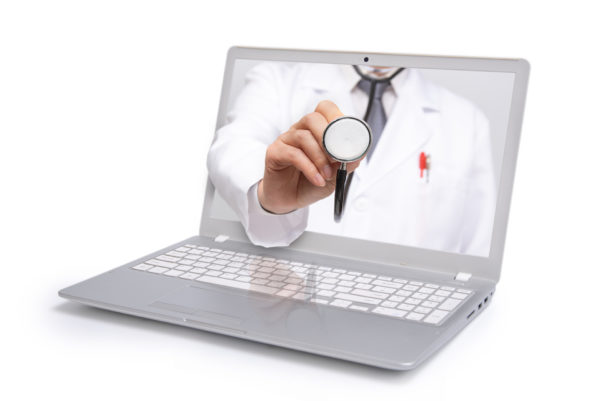Telemedicine, which uses digital monitoring tools and communication platforms such as email, text, and video conferencing to connect patients to providers, is increasingly being utilized to provide a variety of remote care services. It is especially helpful for patients who live in rural areas and must travel considerable distances to see a provider or specialist. Recent legislative changes and emerging technologies are fueling the growing use of telemedicine to bring much-needed healthcare services to those who need it most.
In hospital settings, telemedicine is most often used to provide off-site radiology reading services and timely stroke care. Acute remote stroke care, known as telestroke, is common in emergency departments that do not have stroke experts or radiologists on the premises. Telestroke connects on-site personnel with remote experts who assist in giving a prompt diagnosis and treatment recommendations. For patients suffering a stroke, time is of the essence. Swift treatment is necessary to reduce the occurrence of subsequent stroke-related disabilities.
Telemedicine is also used for diagnosing and treating non-emergency primary care issues that need immediate attention, such as the flu, lower back pain, conjunctivitis, and urinary tract infections. With telemedicine, patients can receive faster access to care because they don’t have to wait several days for an in-office appointment. In fact, SSM Health, based in St. Louis, recently unveiled an initiative that offers virtual appointments within an hour of the request, for a flat fee of $25. Telehealth appointments for non-acute issues such as these can also be capably managed by Nurse Practitioners and Physician Assistants, freeing physicians to concentrate on more complicated or urgent cases.
Telemedicine also works well for assisting patients who are living with chronic conditions, such as diabetes. Affordable and convenient access to preventative care is an effective tactic to keep patients healthier – and reduce healthcare costs. The Center for TeleHealth at the University of Mississippi Medical Center in Jackson focused on engaging and educating their diabetes patients in addition to remotely monitoring their blood glucose levels. As a result, they were able to completely eliminate diabetes-related emergency room visits within six months.
Telemedicine tools are increasingly being used to monitor patient health and collect essential data. Mobile cardiac event recorders enable patients to capture an electrocardiogram of their heart whenever symptoms are occurring and instantly transfer that information to their providers. Digital stethoscopes can amplify and record the sounds of a patient’s heart and lungs. For remote video consultations, some telehealth platforms integrate directly with an organization’s EHR system, enabling the provider to easily reference a patient’s medical history while also providing real-time virtual care. And when off-hours telehealth monitoring was used in nursing homes, a 10% decrease in hospitalizations was observed.
The power and possibilities of telemedicine are exciting, especially for populations that cannot afford or easily access traditional healthcare services. At Jordan Search Consultants, our mission is to ensure that all people have access to top-tier healthcare services, no matter where they are located. If your organization needs help finding the right providers, including those who specialize in telemedicine, for your community’s needs, email us or give us a call at 866-750-7231.



